1. The Tilted Head: “I’m Trying to Understand You!”
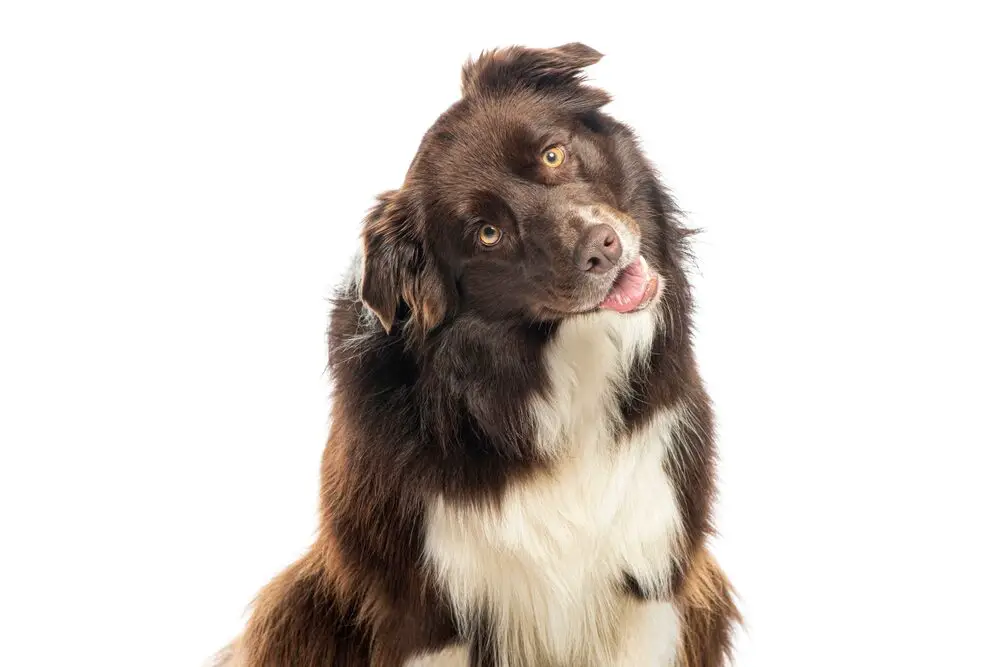
That adorable head tilt isn’t just a cute quirk—it’s your pet’s way of processing what’s going on around them. According to the American Kennel Club, dogs tilt their heads when they hear unfamiliar sounds, trying to pinpoint the source or match it to something they recognize. Cats may not tilt their heads as dramatically, but a subtle angle combined with wide, focused eyes signals curiosity. They’re actively listening, observing, and attempting to figure out what you’re saying or doing.
This behavior reflects their desire to engage and connect with you. When your dog tilts its head, it might be deciphering your tone or trying to recognize a specific word. Cats, on the other hand, might do it while contemplating if your actions are worth their attention. Reinforce this behavior by speaking gently or rewarding them with a treat—they’re learning from you! If they tilt their head and perk their ears, it’s almost like they’re saying, “Go on, I’m listening.” This simple gesture highlights how much our pets want to communicate with us. It’s a reminder that understanding is a two-way street.
2. Tail Wagging: “It’s Not Always About Happiness”
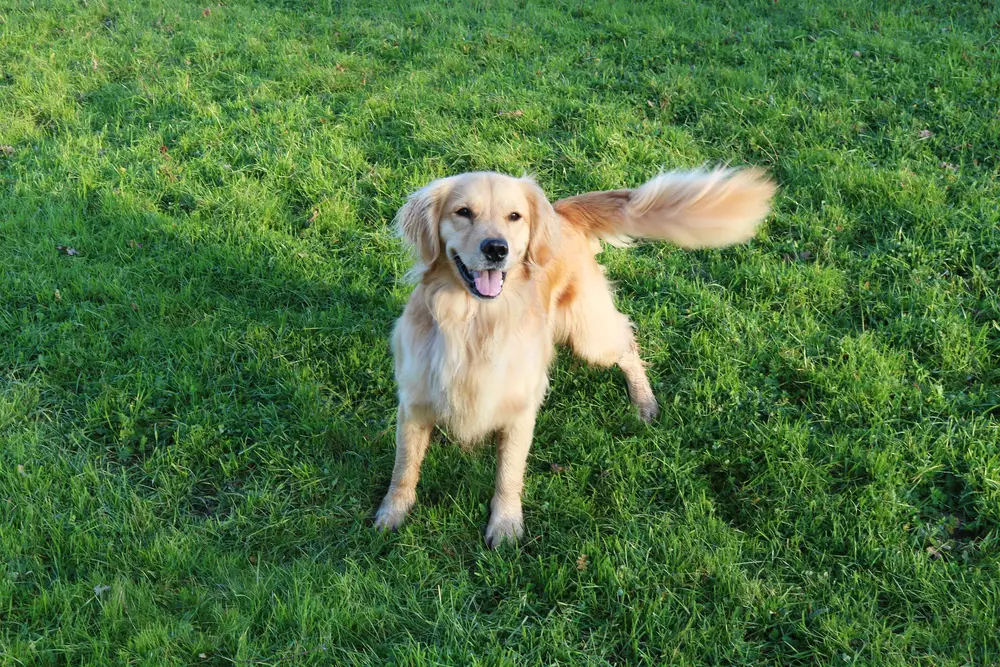
As PetMD reveals, a wagging tail is often misinterpreted as a sign of happiness, but it can mean so much more. For dogs, the speed, height, and rhythm of the wag all convey different emotions. A slow wag held low could indicate uncertainty or submission, while a rapid, high wag signals excitement or even aggression. Cats, however, use their tails in entirely different ways—often to express annoyance, curiosity, or fear. A slow swish usually means mild interest, while a fast flick is a clear “back off.”
Understanding these nuances is essential for interpreting your pet’s mood and intentions. If your dog’s tail is stiff and wagging slowly, they might be on high alert, not excited. Similarly, a cat’s puffed tail paired with a quick flick warns of potential aggression. Observe their entire body language to get a clearer picture. A relaxed wag combined with a soft gaze is a universal “I’m happy” signal for dogs. With cats, tail signals are more subtle, so always pay attention to their ears and posture too. Decoding tail language is like learning another language—it deepens your connection with your pet.
3. Licking: “There’s More to This Than Love”
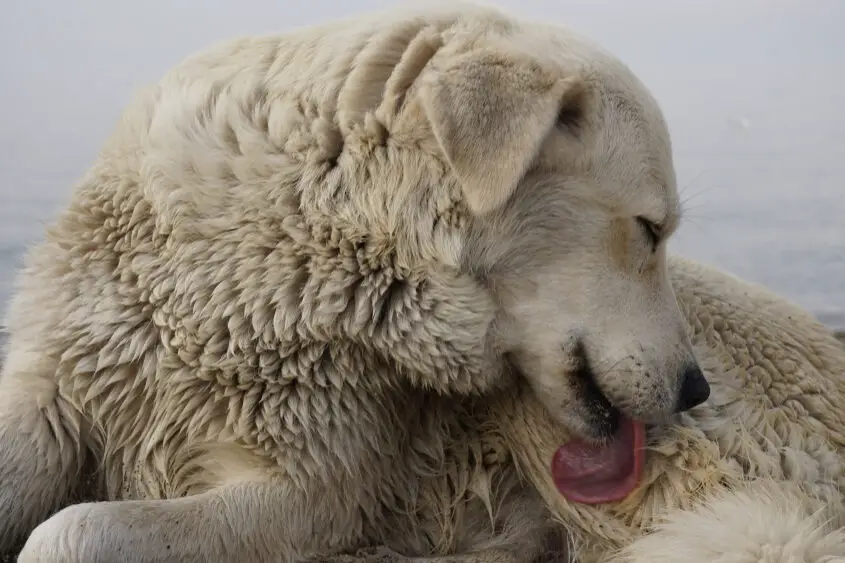
Licking is often seen as an affectionate gesture, but it can have deeper meanings. Dogs lick to show submission, soothe themselves, or even communicate stress. Cats lick themselves obsessively when anxious, using grooming as a way to calm down. They might also lick you as a bonding behavior, marking you as part of their “territory.”
If licking becomes excessive, it could be a sign of underlying issues. A dog that licks one paw repeatedly might have an injury, while a cat that licks its belly constantly might be stressed. Take note of when and where they lick to understand the context. Sometimes, it’s their way of saying, “I trust you,” but other times, it’s a cry for help. Respond appropriately by offering comfort or checking for health problems. And yes, the occasional face lick is just your pet’s sweet way of saying, “I love you.”
4. Zoomies: “I’ve Got Energy to Burn!”
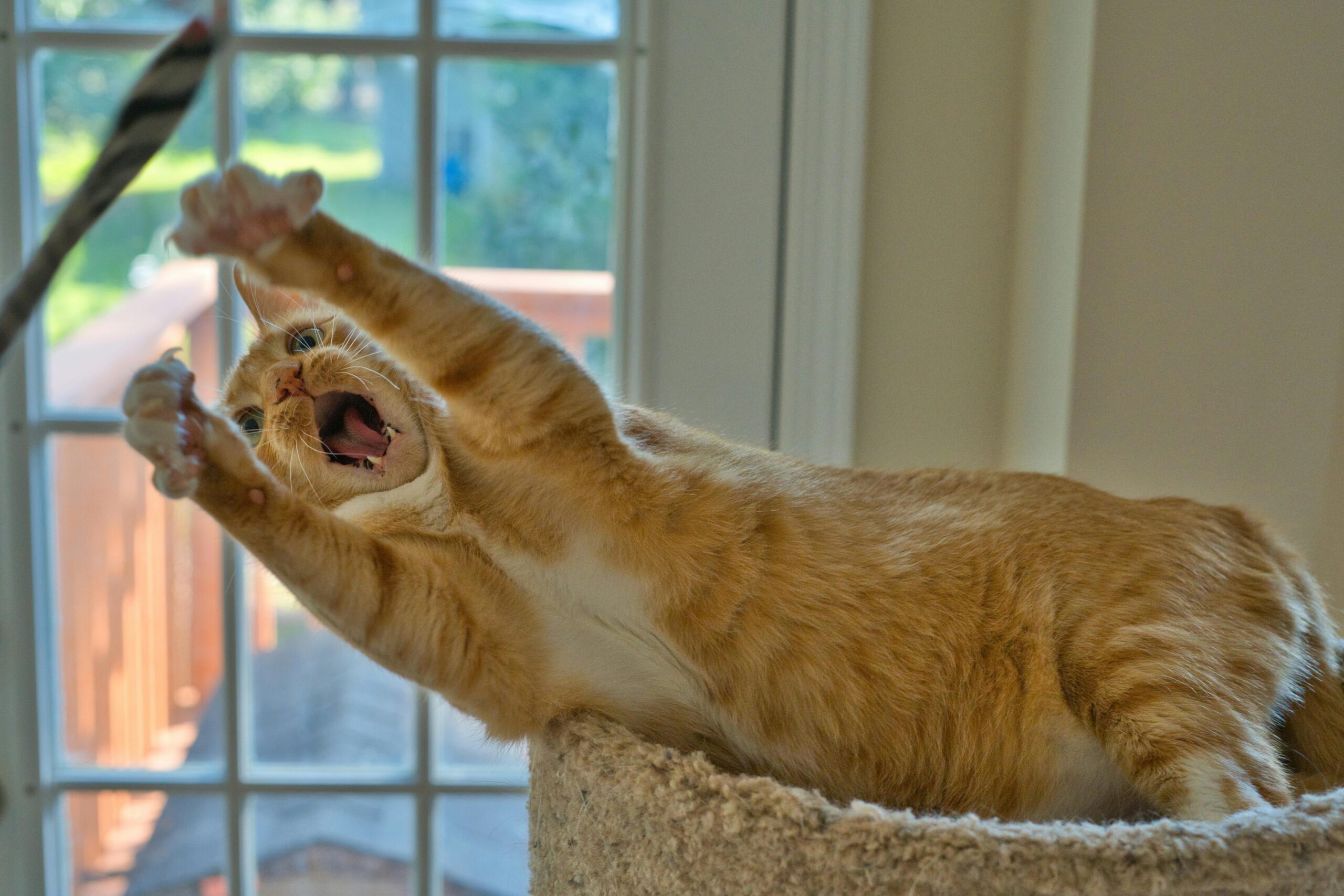
Zoomies are those wild moments when your pet suddenly dashes around at top speed. Dogs often get zoomies after a bath, a nap, or a particularly exciting moment. Cats take it to another level with dramatic leaps, sideways hops, and rapid sprints that seem to defy gravity. While it’s entertaining, zoomies are also your pet’s way of releasing pent-up energy.
If zoomies happen frequently, your pet might be signaling a need for more exercise or mental stimulation. Dogs benefit from longer walks, play sessions, or toys that challenge their problem-solving skills. Cats love chasing laser pointers, interactive toys, or even climbing on cat trees. Zoomies aren’t just hilarious—they’re healthy, so encourage them when safe. However, if they happen too often indoors, consider creating more opportunities for outdoor activity. By channeling this energy constructively, you’re helping your pet stay happy and healthy.
5. Avoiding Eye Contact: “I’m Nervous or Respecting Your Space”
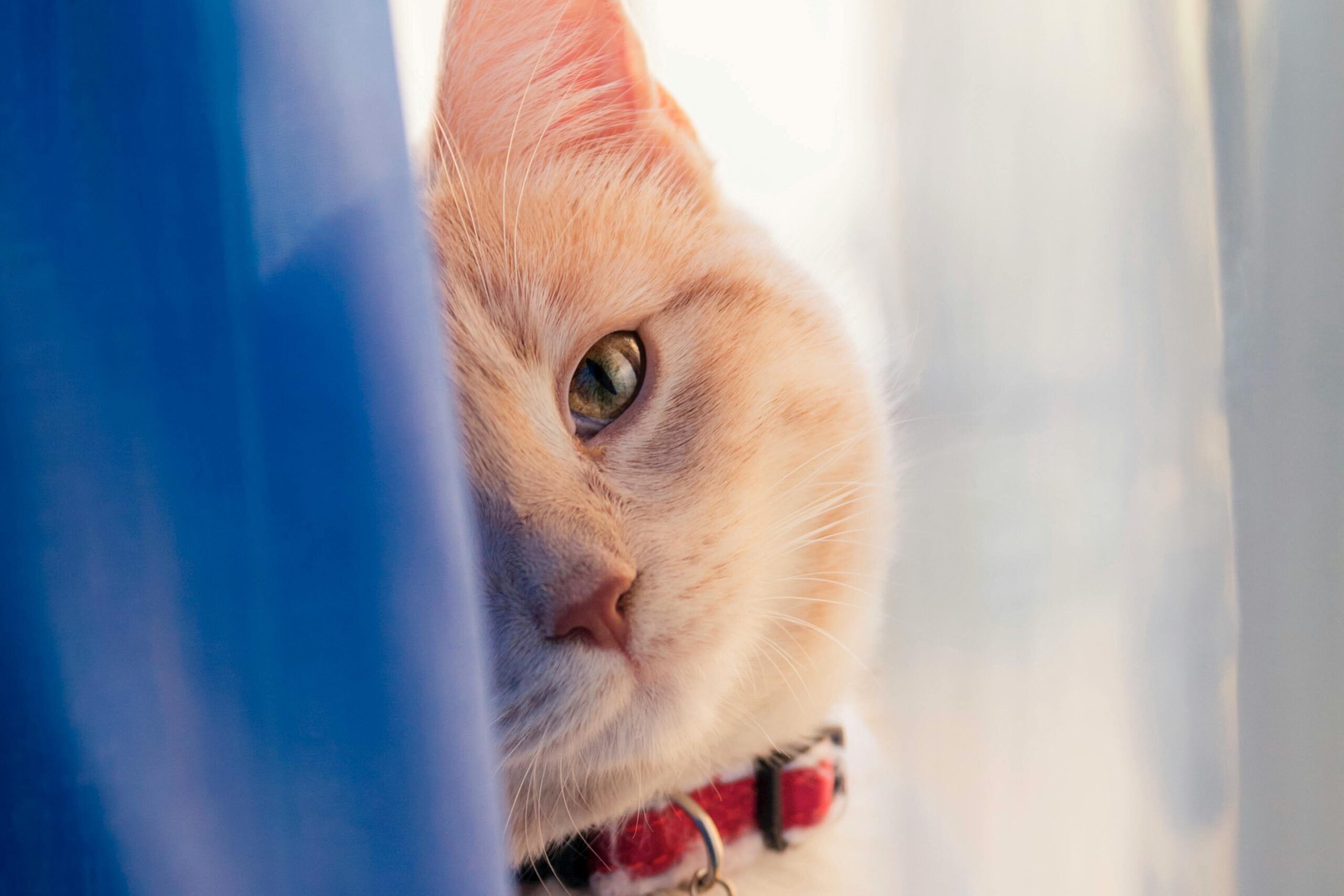
If your pet avoids your gaze, it doesn’t mean they’re ignoring you. Dogs, in particular, break eye contact to show submission or avoid conflict. Prolonged eye contact can feel threatening in their world, so looking away is their way of keeping the peace. It could also be a sign that they are stressed. Cats also avoid direct stares but for different reasons—they’re maintaining control and only engage on their terms.
This behavior often reflects trust rather than rejection. Your pet feels comfortable enough to be vulnerable around you. If they’re tense, give them space and time to regain confidence. Never force eye contact, as it can make them feel uneasy. Instead, offer a calming presence and let them approach you when ready. Understanding this signal helps strengthen your bond by respecting their boundaries.
6. Ears Back: “I’m Scared or Stressed”
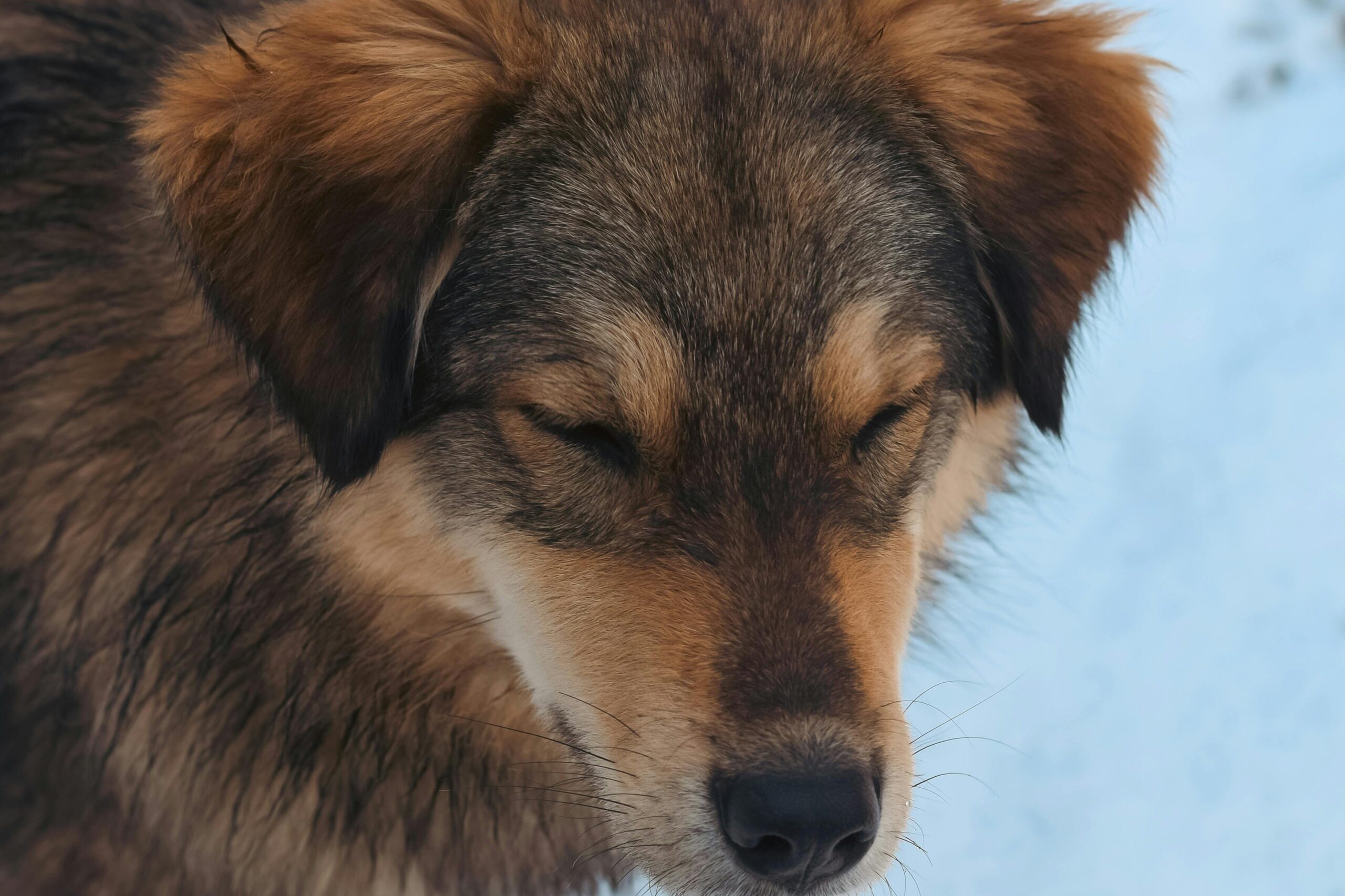
When your pet pins their ears back, they’re signaling fear, stress, or submission. Dogs and cats both do this as a protective instinct, shielding their sensitive ears from potential harm. In dogs, flattened ears often accompany a low posture or tucked tail. Cats, however, might pair this gesture with hissing, crouching, or even a swishing tail.
Recognizing this signal helps you identify and address the source of their discomfort. Is there a loud noise, an unfamiliar person, or another pet nearby? Removing the trigger can help them feel safe again. Always approach a pet with pinned-back ears cautiously, as they might be on edge. Your understanding and patience can turn their fear into trust over time.
7. Yawning: “I’m Not Just Tired, I’m Feeling Something”
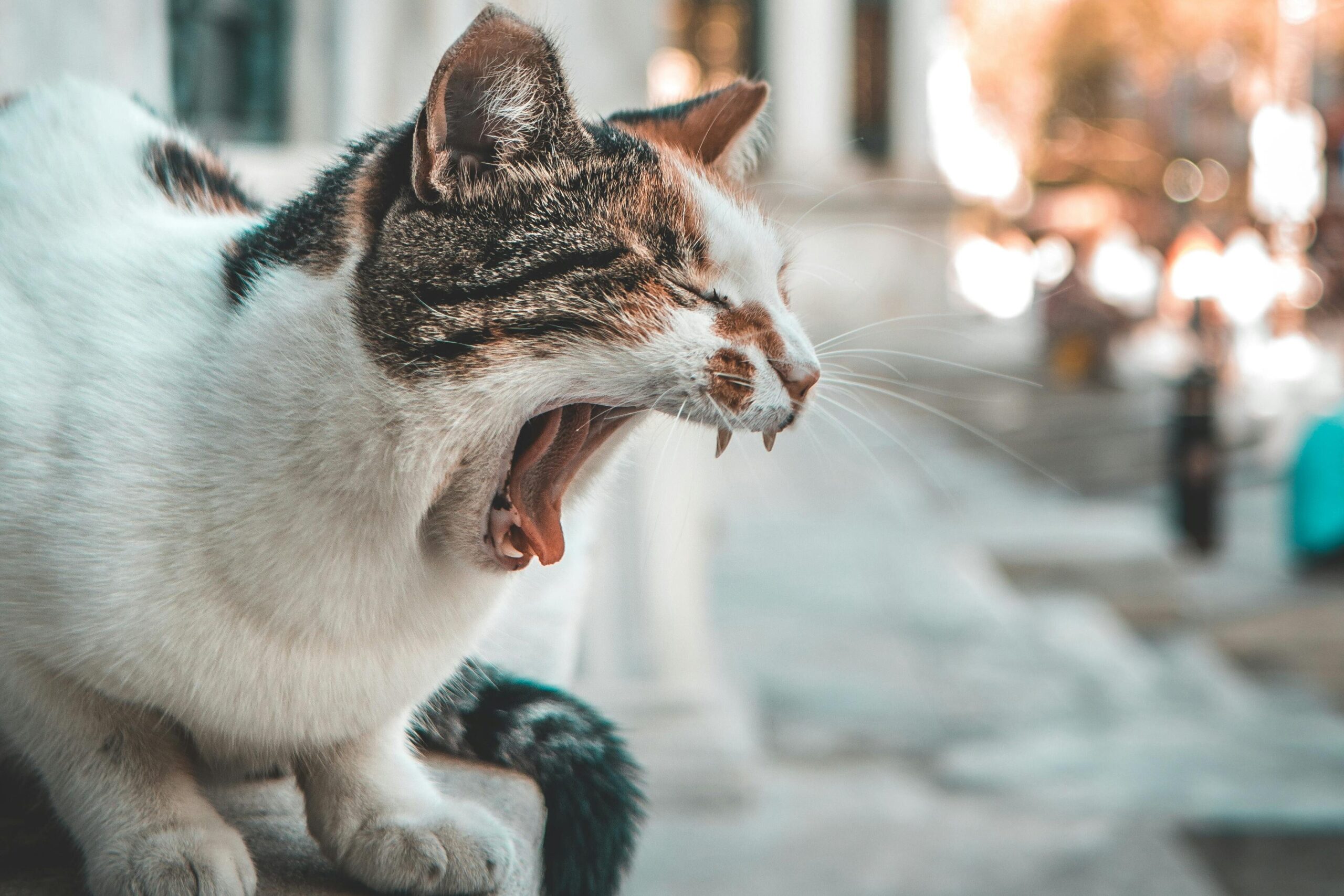
When your pet yawns, it’s not always a sign of sleepiness—it can signal stress, confusion, or even excitement. Dogs often yawn in unfamiliar or tense situations as a way to calm themselves down. Cats, on the other hand, might yawn to show they’re relaxed or to defuse a perceived threat. It’s their version of saying, “I’m fine, let’s not make this a big deal.”
Pay attention to the context when you see a yawn. Is your dog yawning at the vet or during training? That’s likely stress. Is your cat yawning after stretching out in a sunny spot? That’s pure contentment. By understanding when and why your pet yawns, you can adjust your actions to either comfort or engage them. Sometimes, a simple rub or kind words can ease their nerves. And yes, the occasional synchronized yawn might even be their way of bonding with you!
8. Pacing: “Something’s on My Mind”
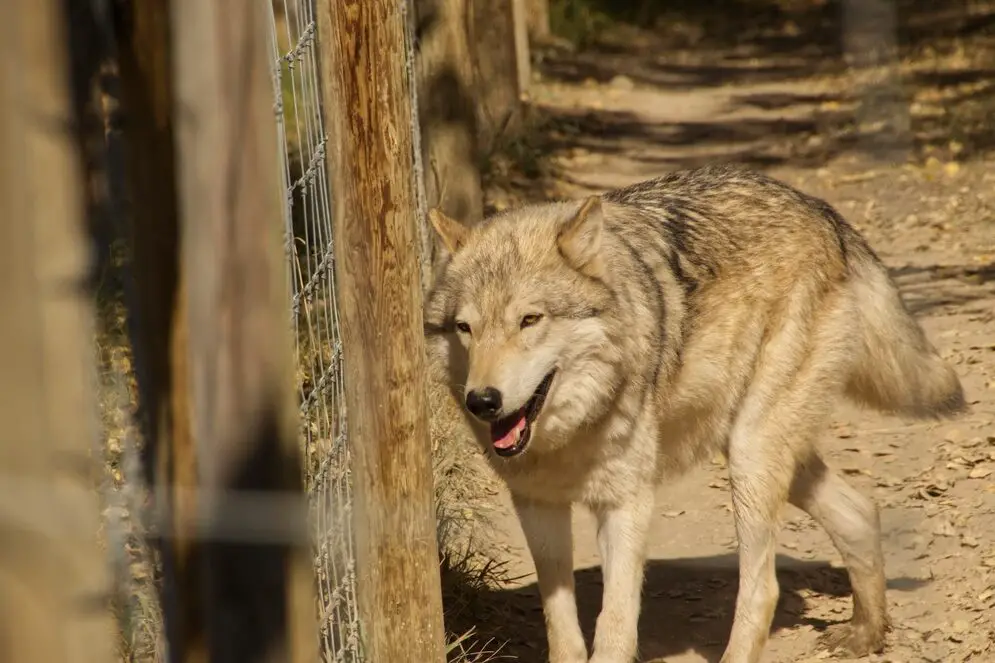
If your pet is pacing back and forth, it’s a clear signal that something is bothering them. Dogs might pace when they’re anxious, excited, or unsure about a situation. Cats tend to pace when they’re restless, hunting for something, or marking their territory. It’s their way of saying, “I need your attention, now!”
Look for accompanying signs, like whining, tail flicking, or focused stares, to decipher what’s causing the pacing. Are they hungry, looking for a toy, or feeling unsettled by a change in their environment? Address their needs to help them feel more secure. Regular pacing could also point to underlying health issues, like joint pain or cognitive changes in older pets. If it becomes frequent, a trip to the vet might be necessary. Understanding this behavior shows your pet you’re tuned in to their needs and care deeply about their well-being.
9. Leaning on You: “I Trust You Completely”
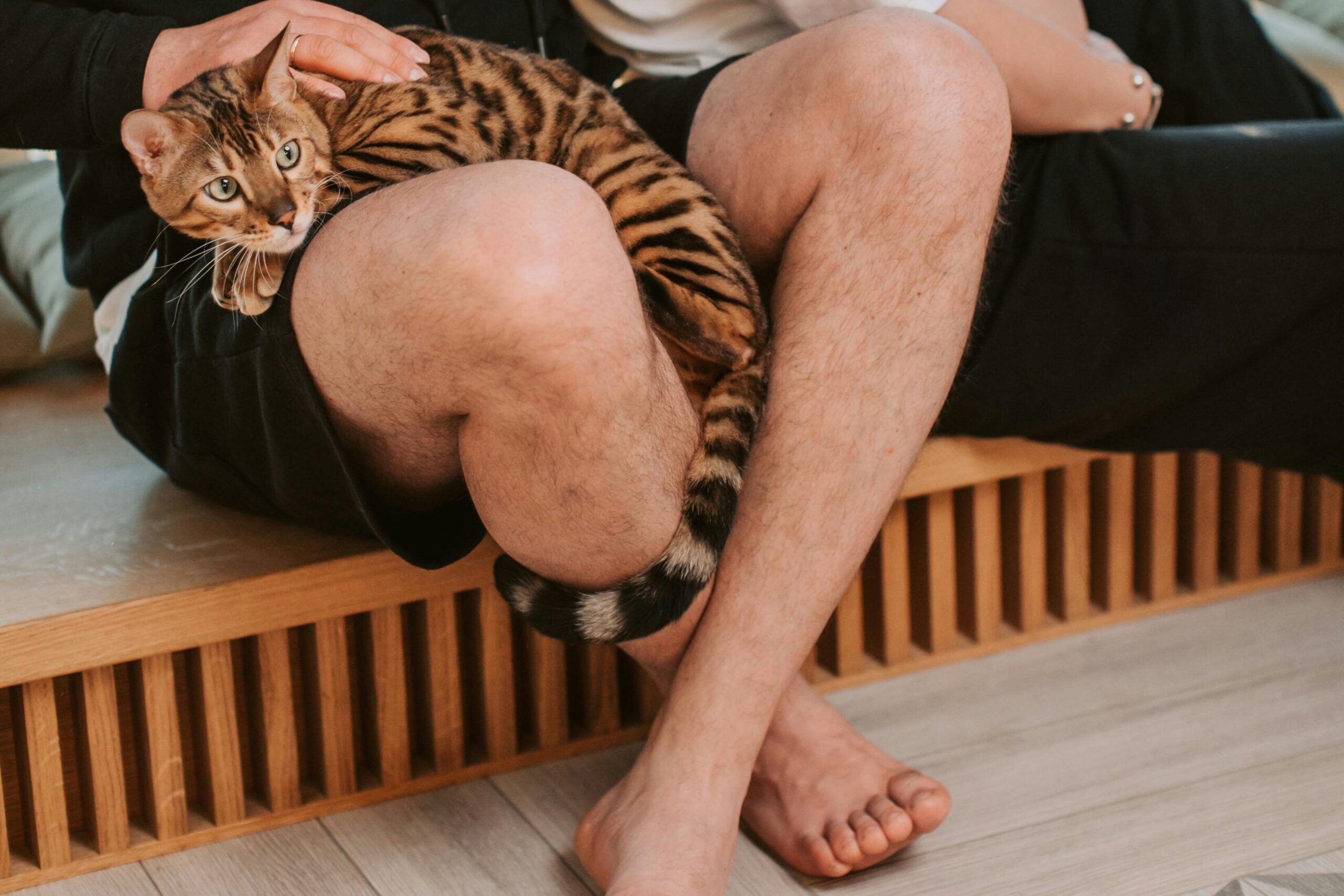
When your pet leans against you, it’s more than just seeking physical contact—it’s a sign of trust and affection. Dogs lean on their humans when they want comfort, protection, or to feel closer to you. Cats, while less obvious, might lean in by pressing their head or body against you during petting sessions. It’s their way of saying, “You’re my safe space.”
This behavior is a beautiful indicator of the bond you share. A dog leaning against you while wagging their tail shows they feel secure and happy in your presence. Similarly, a purring cat leaning in might be marking you with their scent as a way of claiming you as “theirs.” Respond with affection—pet them, talk softly, or simply enjoy the moment. By leaning back in your own way, you’re reinforcing their trust and deepening your connection.
10. The Sudden Freeze: “What Was That?”
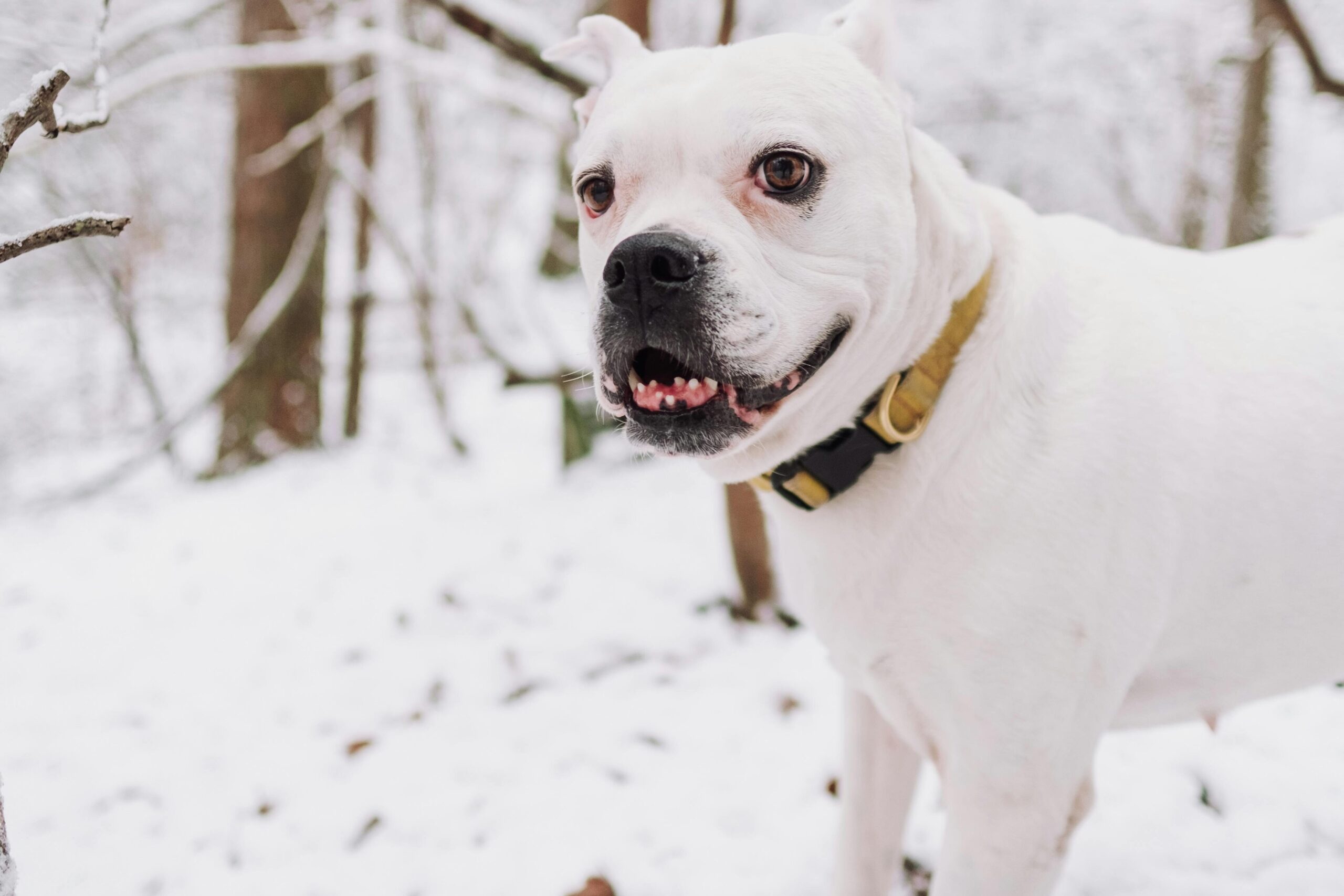
When your pet freezes mid-action, they’re not stuck—they’re processing something important. Dogs might stop suddenly during a walk if they sense danger or hear an unfamiliar sound. Cats freeze when they’re hunting, observing, or feeling startled. It’s their way of taking in information before deciding their next move.
This pause reflects their sharp instincts and survival skills. Pay attention to their focus—what are they looking at or listening to? If it’s a sound, try to locate the source and assess if it’s something that might make them anxious. When your pet freezes indoors, it could mean they’re reacting to a scent or shadow. Rather than rushing them, allow them the time to process. Supporting them during these moments shows you respect their instincts, reinforcing the trust in your relationship.


